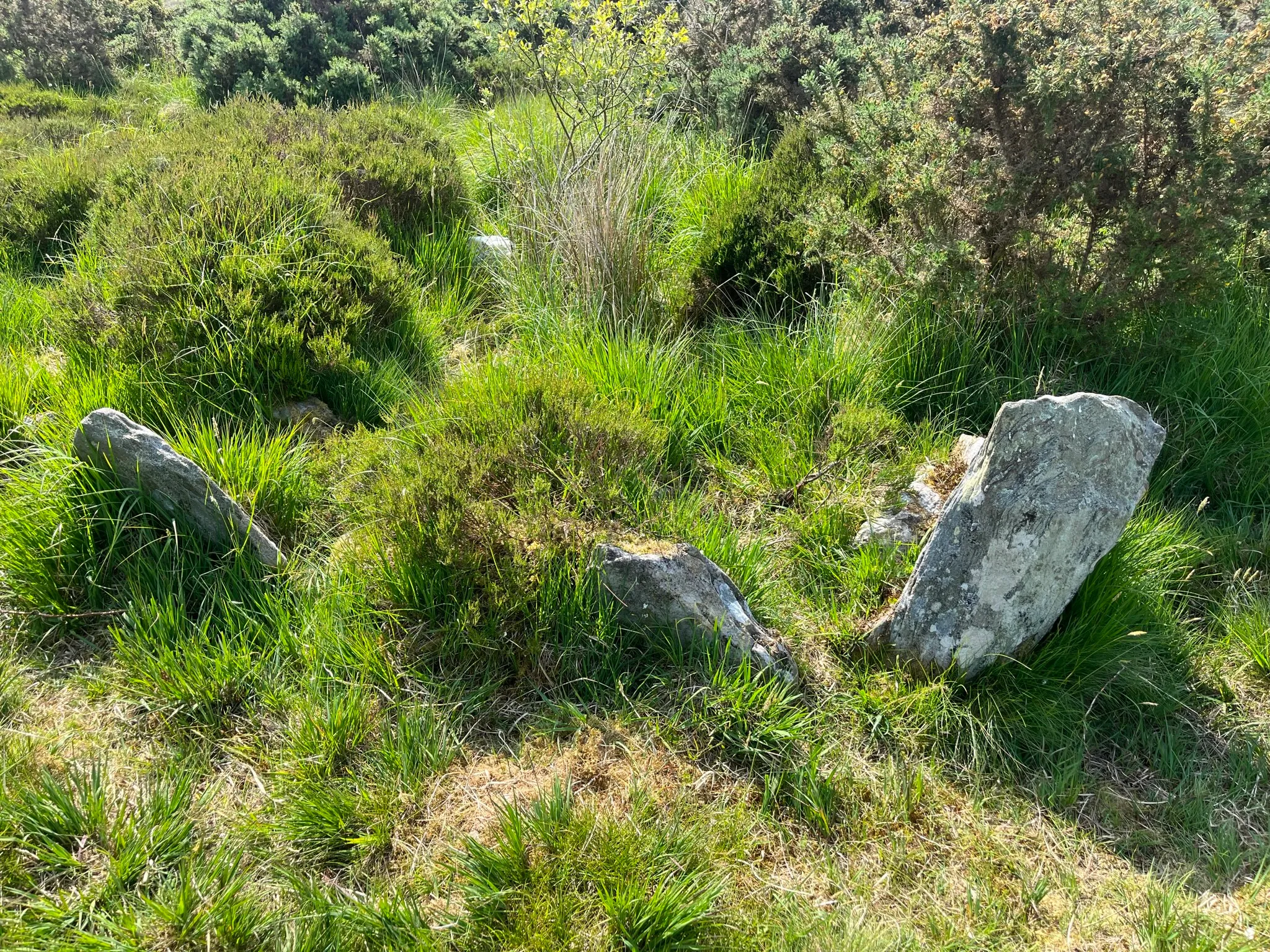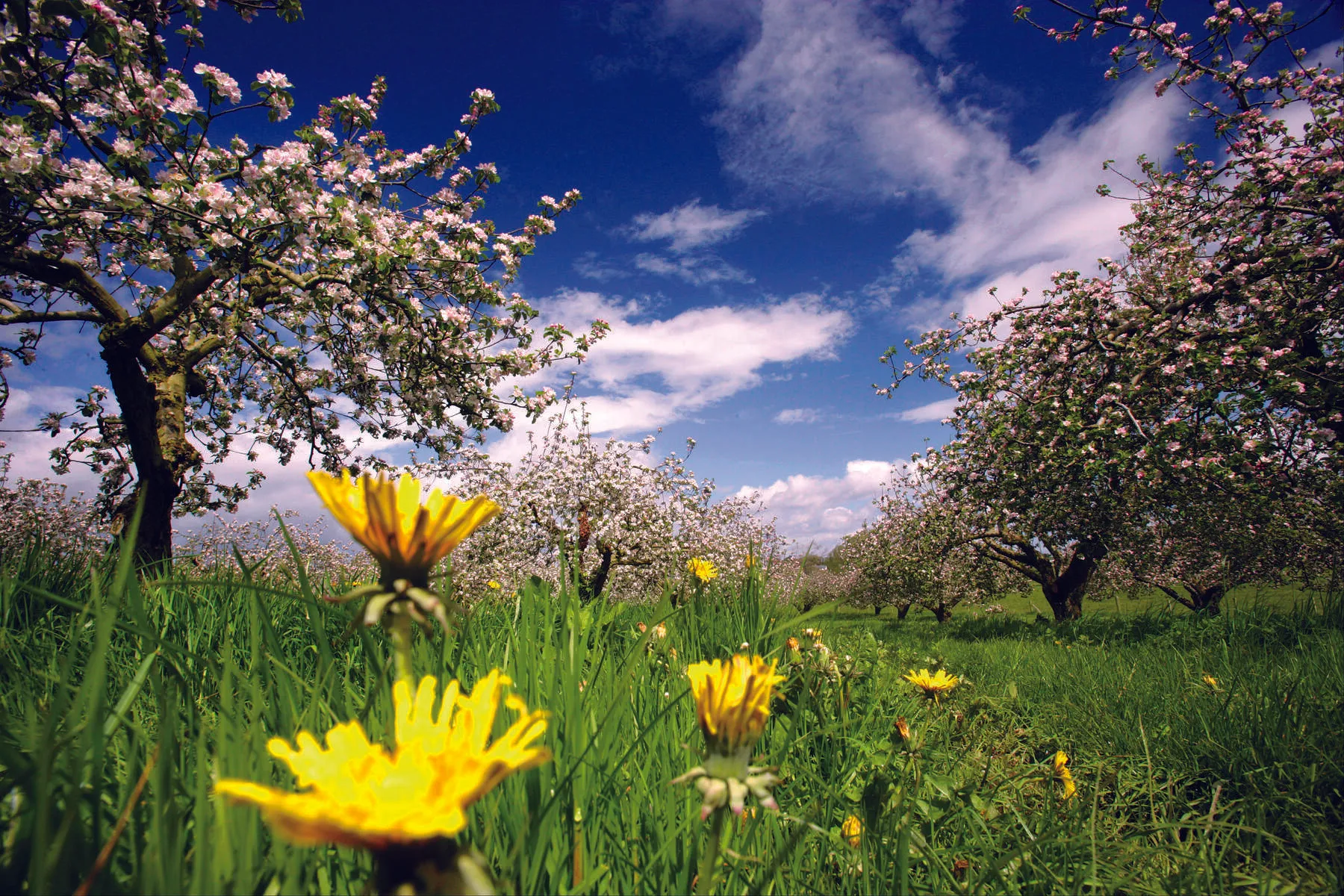Ardress House, built in the orchards of County Armagh, stands as a layered testament to Northern Ireland's architectural and social history. Originally constructed around 1700 as a farmhouse by the Clarke family following the destruction of their ancestral home during the Wars of the Three Kingdoms, the property evolved through successive transformations. In 1760, it entered the hands of George Ensor and his wife Sarah Clarke, an heiress to the estate, who remodeled it in neoclassical style over the next two decades. Their renovation doubled its size, added a classical portico, and featured the ornate stuccowork of Dublin plasterer Michael Stapleton in the drawing room-a space that remains a highlight for its Adamesque elegance. The National Trust acquired the house in 1959, preserving its historical integrity through restorations such as the 2015 replacement of 1960s cement with traditional lime render, ensuring the structure's longevity.
The house's interiors reflect its rich layers of history. The drawing room's plasterwork, attributed to Stapleton, exemplifies Georgian craftsmanship, while the collection includes notable pieces like an 18th-century Irish Chippendale sideboard and a mahogany bureau from 1725. A standout artifact is the 1799 pedestal table, inlaid with symbols of the United Kingdom (rose, thistle, and shamrock) and an Irish harp, upon which King George V signed the constitution of Northern Ireland in 1921. This table, rediscovered in 2006, sits alongside Dutch, Flemish, and Italian paintings, including works by artists such as Strickland Lowry and Robert Griffier. Two architectural models further illustrate the house's evolution, one depicting its 1700 origins and another its 1900-era form. The dining room, originally accessible only via an external door-a quirk noted in the National Trust's records-adds to the site's intriguing narrative, as does the presence of MÄori artifacts acquired by the Ensor family, underscoring their global connections.
Visitors explore both the house and its expansive 100-acre grounds, which blend farmland, woodlands, and orchards central to County Armagh's reputation as the "orchard county". Guided tours are essential to experience the interiors, offering insights into the Ensors' lives and the site's historical milestones. The grounds feature the Lady's Mile, a scenic three-quarter-mile woodland walk, and seasonal events like Apple Blossom Sundays in May, when the orchards burst into bloom, and Apple Press Days in October, inviting hands-on participation in apple harvesting and juice-making. The restored 18th-century farmyard showcases traditional tools, a forge, and a dairy, while Frizzell's Cottage-a mud-walled structure rebuilt with a £334,000 bequest-hints at the estate's agricultural past. Bat-detection evenings add an unexpected ecological dimension to visits.
Ardress House's appeal lies in its ability to intertwine architectural curiosity with natural beauty. The Ensor family's legacy, spanning over five generations, is palpable in every room, from the dining table's political significance to the subtle hints of radical thought in George Ensor III's writings on anti-Unionism. Best visited in spring for the orchard blossoms or autumn for the vibrant harvest events, the property offers a quiet yet immersive journey through Ireland's rural heritage, where history is not just preserved but palpably present in every detail.
Getting There
To get there by car, take Exit 13 off the M1 motorway and follow the B131 south toward the estate. From Belfast, this route takes approximately 45 minutes to an hour, while drivers from Dublin can reach Ardress by heading north on the M1 toward Belfast and then following the same exit instructions.
Public transportation options are available though less direct. The closest train station is Portadown Railway Station, which connects to major cities like Belfast and Dublin. From there, catch the Portadown to Tullyroan Bridge bus service, which stops within a quarter-mile of Ardress House. This bus route passes near the train station, making it convenient to combine rail and bus travel.
Local buses provide the primary public transit link. Once near Tullyroan Bridge, the final stretch to Ardress House is a short walk or taxi ride.The signage along the B131 ensures a straightforward journey, with the estate's location just off the main road.
Parking
Parking is available at the property, with a dedicated main car park located at the southern point of the grounds. This parking area is free of charge, though some listings note that parking fees "may apply" in certain cases-so it's advisable to check signage or with staff upon arrival for the latest details.
Parking operates seasonally, typically from mid-March to late September, aligning with the peak visiting period. The car park is managed by the National Trust and sits adjacent to the trailhead, placing the attraction's entrance just a short walk away-convenient for all visitors.
While accessibility parking options are not explicitly detailed in available sources, the on-site facilities likely accommodate standard accessibility needs. During peak times, nearby street parking may be an alternative, though availability is not guaranteed. Always plan ahead and arrive early to secure a spot. Directions to the site are straightforward: follow signs from Exit 13 of the M1 motorway, heading south on the B131.
Pricing
Admission Fees (in Euros, approx.)
- Adults:
- £6.60 (€7.30) with Gift Aid (Discover NI)
- £6.00 (€6.70) standard (Discover NI)
- £5.90 (€6.55) (Whichmuseum)
- Children:
- £3.30 (€3.70) with Gift Aid (Discover NI)
- £3.00 (€3.30) standard (Discover NI)
- £2.95 (€3.30) (Whichmuseum)
- Family Groups (2 adults + 1 child):
- £16.50 (€18.30) with Gift Aid (Discover NI)
- £15.00 (€16.70) standard (Discover NI)
- £14.77 (€16.40) (Whichmuseum)
Key Notes:
- Discounts: Family tickets offer savings compared to individual purchases, particularly via Whichmuseum's pricing.
- Trails are free daily.
Guided Tours: Available but not priced in sources-call ahead to book.
Payment Methods: Credit/debit cards and cash are likely accepted, though specifics aren't confirmed.
Seasonal Considerations:
- House tours operate seasonally (March-September weekends). The walking trails remain free year-round.
Nearby Attractions

Armagh Observatory and Planetarium
In the historic city of Armagh, the Observatory and Planetarium stands as a fascinating link between centuries of stargazing history and modern space exploration. The Observatory, founded way back in ...
Distance: 10.6 km

Coney Island (Toome Canal Access)
Coney Island, accessible via Toome Canal in County Antrim, offers a captivating journey into Northern Ireland's natural and historical landscapes. Situated on the shores of Lough Neagh-the largest fre...
Distance: 33.1 km

Ballygroll Prehistoric Landscape
Head to a windswept ridge in County Londonderry to find the Ballygroll Prehistoric Landscape, a remarkable site packed with over 2,500 years of human history, from the Stone Age right through to the L...
Distance: 40.2 km
